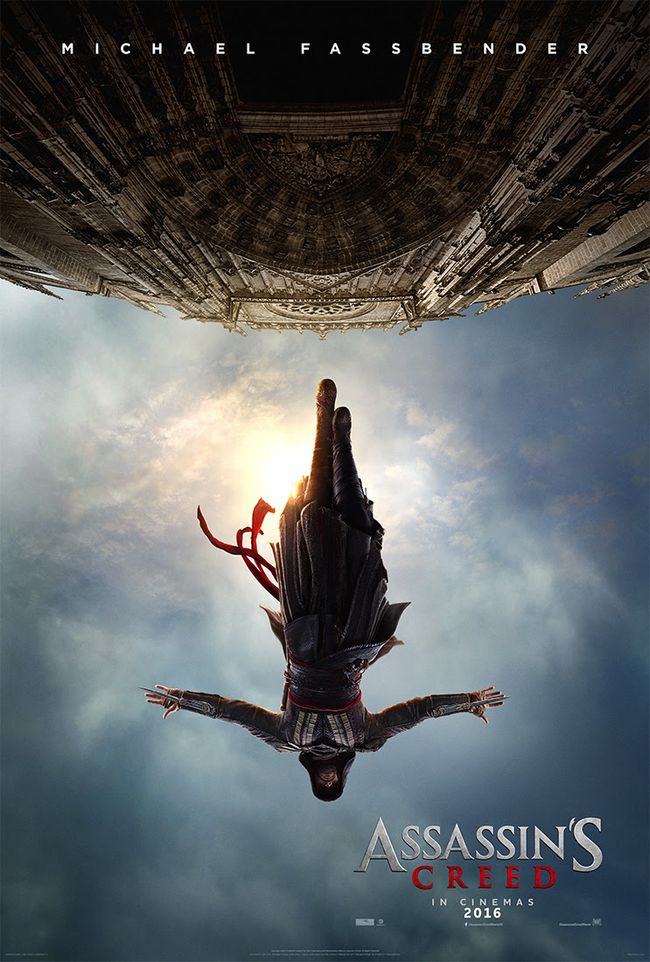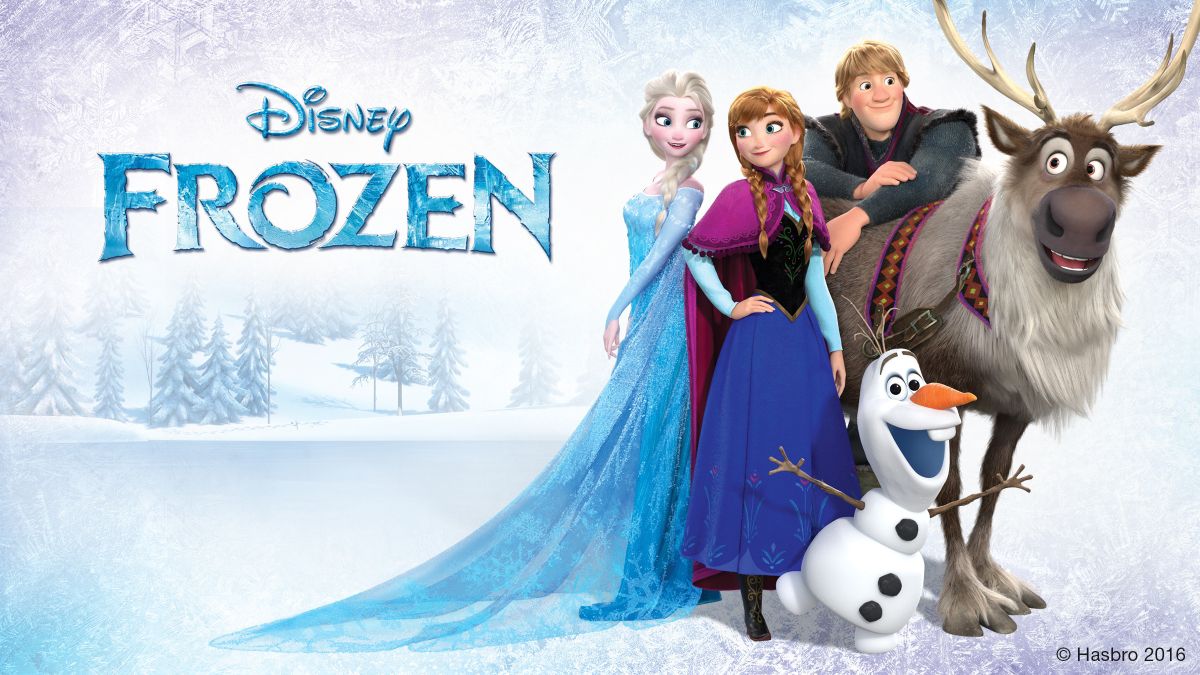Assassins Creed is an action, adventure movie based off the well known video game franchise. The fact that the movie is an action, adventure movie is displayed extremely explicitly through both the trailer and film poster.
Visual Codes;
In these particular posters you cannot see the main characters face, but as he is the main and only character on the poster you can tell he is an important part of the movie and the movie revolves around him and 'his journey.'
The characters body language is exactly the same in both poster, the first image looks like its before the second image as the first one looks like he is about to jump and the second one is of him jumping, this particular act could show bravery in this case.
His physical appearance isn't very clear in the poster but his clothing is very expressive, the hooded cape cover most of his body to create a disguise and mystery. The colour of the cape looks black and red, red often implies danger and death and black implies mystery which seems to fit perfectly with the whole plot of the movie.
The location can clearly be seen in the first poster, it looks like a city somewhere is europe. There looks like there are lots of places of worship in the poster which is a binary opposite to the plot of the story as churches and places of worship are associated with purity whereas the movie is about an assassin which is far from pure.
The title of the movie is fairly small in comparison to the main image and so is the name of the main character, but the name goes all the way across the top of the poster, also his name is the only name there so clearly the movie only revolves around him and his role.
In the first poster, the sky looks extremely cloudy and dark, like there is going to be a storm, whereas in the second poster once he jumps the sky still looks dark but the sun is creeping through the clouds which could imply freedom.


